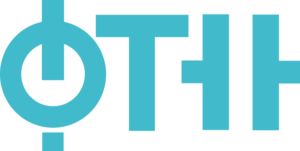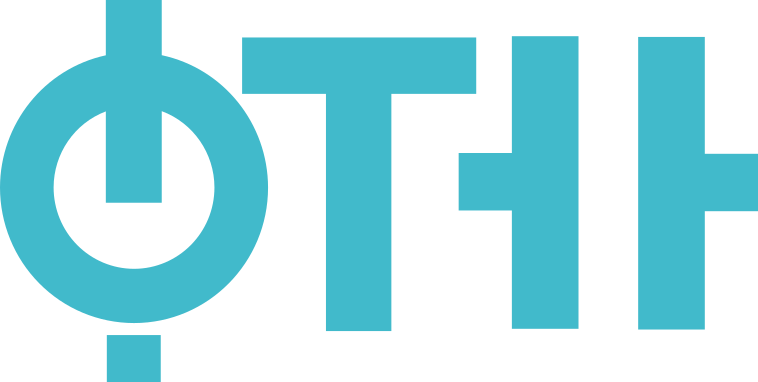Subject: Biomechanical models and analysis of impact (17.DTM03 )
Native organizations units: Chair of Machine Elements, Machine and Mechanism Theory and Mechanical Engineering in Agriculture
Study programmes of the course:
| Type of studies | Title |
|---|---|
| Doctoral Academic Studies | Mechanical Engineering (Year: 1, Semester: Summer) |
| Category | Scientific-professional |
| Scientific or art field |
|
| ECTS | 10 |
Professor`s intention is to enable students through this course to: understand mechanical models which can be recognized in human body during traffic collision load, - evaluate the work of inner forces which is not zero in collision caused injuries, - analyse actual problems in professional literature, - be able to follow latest innovations in the field of mechanics which improve safety of participants in traffic.
Upon completion of this course student should be able to: - relate acquired knowledge in engineering course of mechanics to collision analysis of biomechanical systems, - apply acquired knowledge while analysing actual biomechanical problems that can be recognized in human body during the collision load, primarily influence of impact load and methods of protection of participants in traffic against impact load.
Human body structure. Mechanical features of biomaterials with special emphasis on causes of bone breaking and inner organs rupture. Inner forces in human body. Newton-Euler equations for object movement and participants in traffic before, during and after the traffic collision. Energy balance during the collision with special emphasis on inner forces operation. Collision models of Hertz type and models which include high elasticity features of objects and participants. Dynamic models of collision between vehicle and pedestrians. Passengers movement modelling in vehicle during the collision. Biodynamic response of human body to frontal, side and rear car part collision. Dynamic model of system head – neck and emphasis on behaviour of that system in frontal, side and rear car part collision. Mathematical modelling and numerical simulations. Models of air bags. Prevention.
Lectures, study research work and consultations. The lectures provide a theoretical part of the material using modern equipment and information and communication technologies. Through lectures, a student acquires and mastered contemporary scientific knowledge, scientific methods and procedures that enable him to become independent research work. In addition to lectures, consultations are also held regularly. Study research work includes all forms of teaching that are in the function of directly training a student for research, writing scientific papers and making a doctoral dissertation. Study research work includes active monitoring of primary scientific sources, organization and execution of numerical simulations and experimental research.
| Authors | Title | Year | Publisher | Language |
|---|---|---|---|---|
| 2002 | English | |||
| 2004 | English | |||
| 2008 | English |
| Course activity | Pre-examination | Obligations | Number of points |
|---|---|---|---|
| Project | Yes | Yes | 50.00 |
| Oral part of the exam | No | Yes | 50.00 |
Prof. Spasić Dragan
Full Professor
Lectures

Assoc. Prof. Grahovac Nenad
Associate Professor
Lectures
Prof. Spasić Dragan
Full Professor
Study research work

Assoc. Prof. Grahovac Nenad
Associate Professor
Study research work
Faculty of Technical Sciences

© 2024. Faculty of Technical Sciences.
Contact:
Address: Trg Dositeja Obradovića 6, 21102 Novi Sad
© 2024. Faculty of Technical Sciences.



